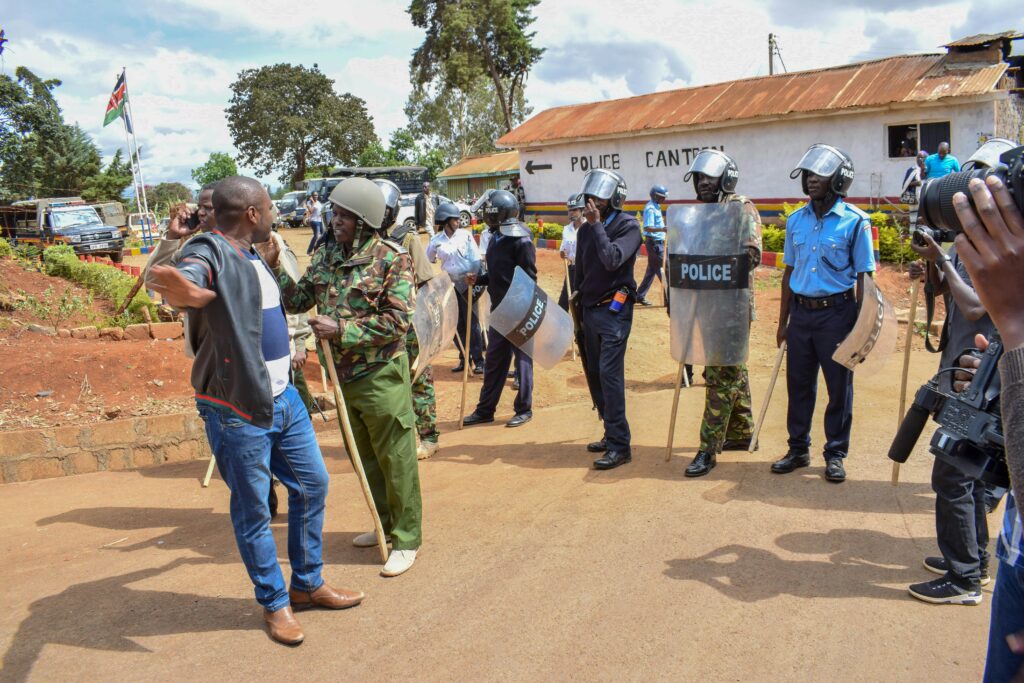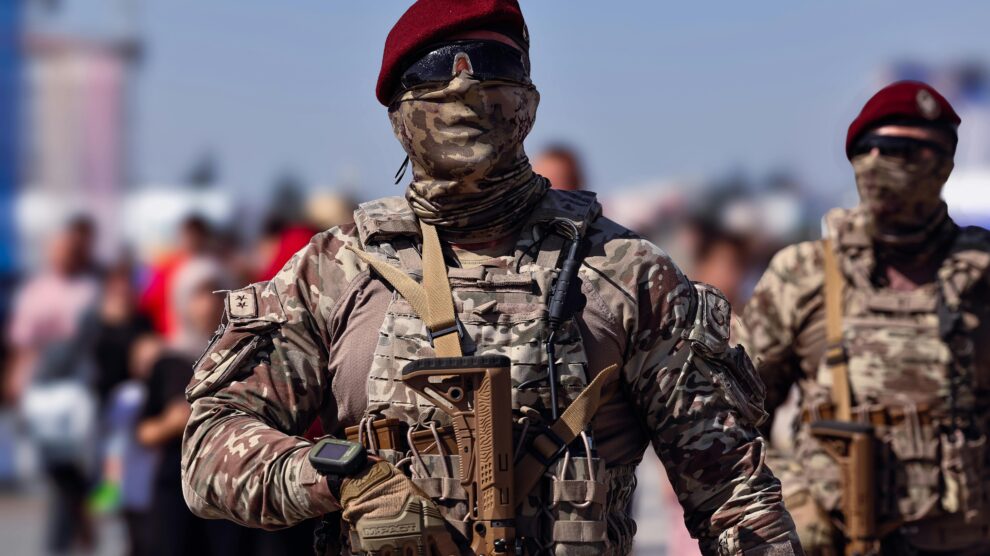In the aftermath of war, nations are often left with wounds deeper than destroyed buildings and fractured economies. Psychological trauma, broken communities, and cycles of revenge pose long-term threats to stability. Restorative justice offers a way forward. It is a process that emphasizes healing over punishment, dialogue over silence, and accountability over vengeance. When implemented carefully, it can help societies come to terms with their past and lay the groundwork for reconciliation.
Restorative justice focuses on the needs of victims, the responsibilities of offenders, and the involvement of community members in the healing process. This contrasts with traditional justice systems, which often prioritize retribution and legal formalities. In post-conflict settings, restorative approaches can take the form of truth commissions, community dialogues, or reparations programs. They create spaces for acknowledgment, apology, and rebuilding trust.
South Africa’s Truth and Reconciliation Commission (TRC) remains one of the most cited examples. Established after the end of apartheid, the TRC provided a platform for victims to share their experiences and for perpetrators to confess their crimes in exchange for amnesty. The process was emotionally raw and at times controversial, especially regarding the granting of amnesty. But it achieved something rare: it brought the hidden violence of apartheid into the open and forced a national reckoning. Archbishop Desmond Tutu, who chaired the commission, emphasized that forgiveness does not mean forgetting but rather remembering in a way that fosters peace.
Another powerful example is Rwanda. After the 1994 genocide, in which nearly 800,000 people were killed, the Rwandan government implemented a unique form of restorative justice through gacaca courts. These community-based courts allowed local populations to judge cases involving lower-level participants in the genocide. While the process faced criticism for inconsistencies and lack of legal representation, it enabled the trial of over a million suspects—something the conventional court system could never have handled. More importantly, it helped reintegrate offenders into communities and encouraged dialogue between survivors and perpetrators.
In Colombia, the 2016 peace agreement between the government and FARC included the creation of a Special Jurisdiction for Peace (JEP). This court focuses on truth-telling and reparations rather than punishment. Former combatants who fully confess and make reparations can receive reduced sentences. Victims participate in the proceedings, ensuring that justice is not only done but seen to be done by those most affected. Though the JEP has faced political resistance and logistical challenges, it represents a significant shift toward a justice system that prioritizes healing.

Restorative justice is not only relevant to large-scale national conflicts. In Northern Uganda, where the Lord’s Resistance Army terrorized communities for decades, traditional justice mechanisms such as mato oput have been used to promote reconciliation. This ritual involves mediated dialogue, symbolic acts of forgiveness, and communal feasting. These culturally rooted practices have helped reintegrate former child soldiers and combatants into their communities, often more effectively than formal courts could.
Yet, restorative justice is not a panacea. It requires careful design, cultural sensitivity, and long-term commitment. It can sometimes be manipulated by political actors or fail to deliver a sense of justice to victims who seek more punitive outcomes. For it to work, there must be a societal consensus that healing is more important than retribution. This is a difficult but necessary choice in many post-conflict societies.
The strength of restorative justice lies in its ability to humanize both victims and offenders. It does not erase the past but reinterprets it in ways that allow communities to move forward. By fostering understanding, it disrupts the cycles of resentment and retribution that often lead to renewed violence. It also encourages the rebuilding of social capital—the trust, norms, and networks that enable societies to function.
Healing after war is not a single event but a long process. Restorative justice can guide that process by providing tools for truth-telling, accountability, and community repair. In a world where conflicts are increasingly complex and justice systems often overstretched, it offers a practical and humane alternative to business-as-usual. When done right, it not only addresses the wounds of the past but also helps prevent the wars of the future.

